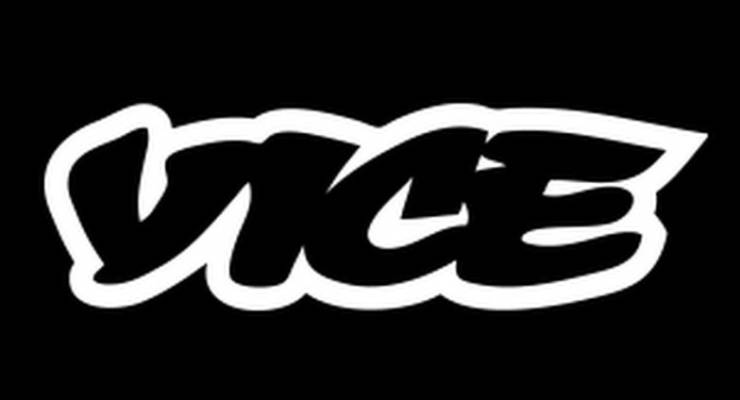
Disney has sent a shiver through the global media sector by slashing the value of its investment in Vice Media by nearly 40%. The US$157 million impairment of its US$400 million investment dropped the value of Vice from the US$5.7 billion at its last funding round in early 2017 to, around US$3.5 billion today.
The cut, which was not explained, was revealed in a footnote deep in Disney’s fourth quarter 2017-18 results, released late last week. Disney invested US$200 million in 2014 and doubled the stake by the same amount in 2015. Through its 50% stake in A&E Networks, Disney had an interest in a further Vice holding of US$250 million. The Murdochs’ 21st Century Fox was an early investor in Vice, buying a 5% stake for US$70 million in 2013.
All these legacy media giants were attracted to Vice (and other new digital media start-ups like Buzzfeed) because they could link to younger consumers and were seen as a way of escaping the revenue, profit, sales crunch enveloping legacy media forms.
But new media businesses like Vice and Buzzfeed have in turn been enveloped by the rise of digital streaming video services, as well as the sharks at Google, Facebook, Instagram and Snapchat, which have siphoned off viewers/users, ad revenues and content. This is why their legacy media investors are seeing their value falling. Perhaps the only legacy media company adapting to the shift is The New York Times Co, which is well into its digital transformation with its share price doubling in the past three years — with half of that rise coming in 2018 alone.
Vice has started its second round of restructuring in recent weeks. It has started condensing its websites and freezing new staff hiring because of falling revenues and rising costs. It has a joint venture with SBS in Australia in the SBS Viceland channel, though the impact on this arrangement remains unknown.
Vice cut staff in July of last year by around 2% and this year restructured senior management after a sexual harassment scandal within the company saw co-founder Shane Smith step down as CEO, to be replaced by Nancy Dubuc, previously of A+E Networks.
Last month, Dubuc said Vice should return to profits in 2019 after the latest round of cost cuts. According to the Wall Street Journal, Vice is looking for 2018 revenue to be between US$600 million and US$650 million. WSJ reported that Vice is expecting to lose over US$50 million this year, an improvement over its loss of over US$100 million in 2017.








Crikey is committed to hosting lively discussions. Help us keep the conversation useful, interesting and welcoming. We aim to publish comments quickly in the interest of promoting robust conversation, but we’re a small team and we deploy filters to protect against legal risk. Occasionally your comment may be held up while we review, but we’re working as fast as we can to keep the conversation rolling.
The Crikey comment section is members-only content. Please subscribe to leave a comment.
The Crikey comment section is members-only content. Please login to leave a comment.